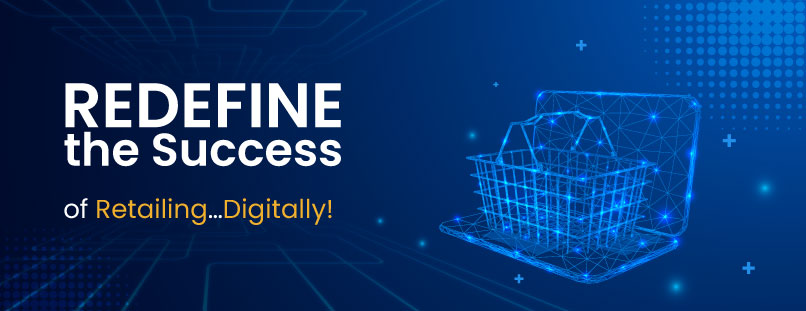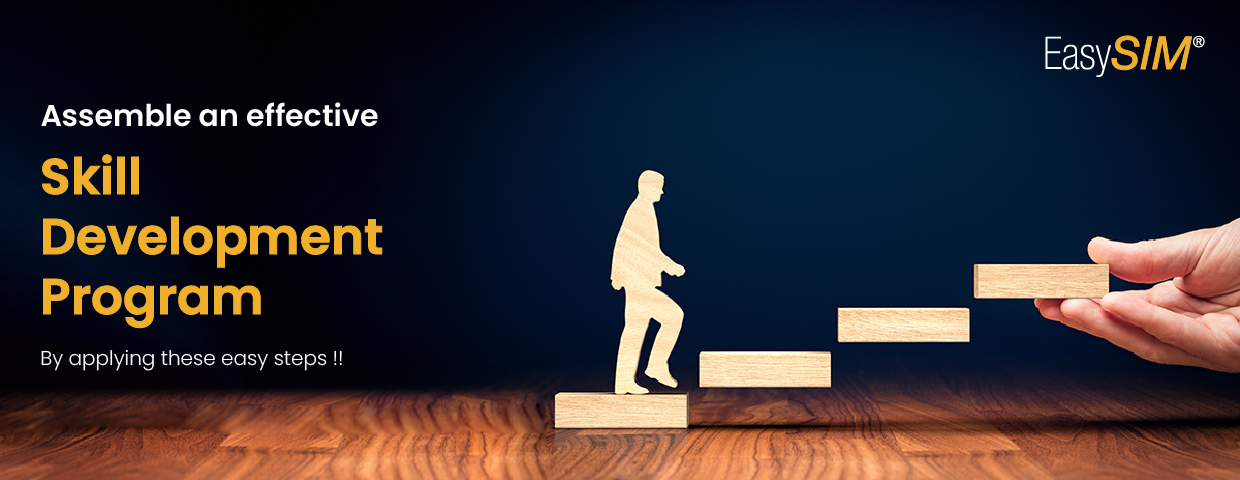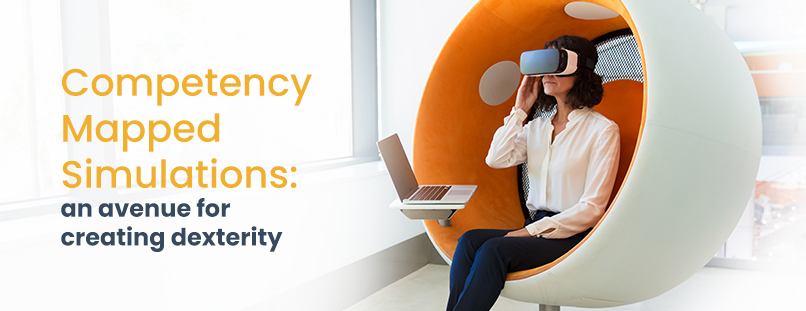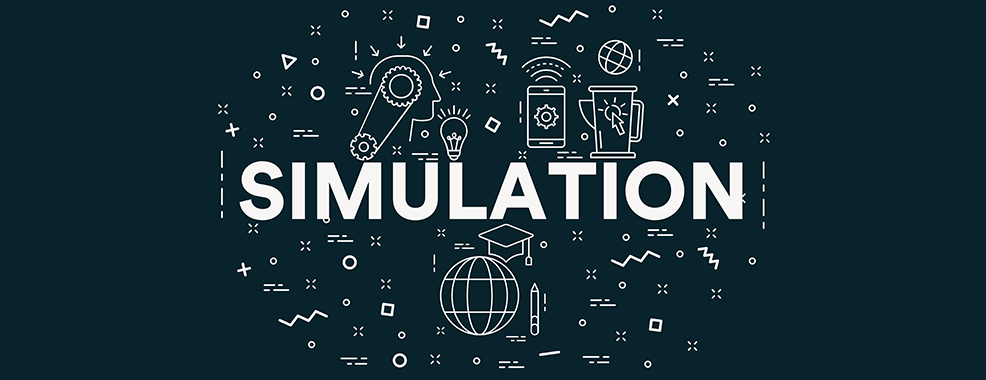Outline: Online learning’s wide reach warrants innovation to address the chronic disengagement reported by the current tech-savvy generation. A proactive learning approach offers the promise of an engaging learning experience and observable learning outcomes.
The Struggles with Digital Learning Are Real
Digital learning, despite its wide reach and popularity, has been critiqued for its failure to build an appropriate environment conducive to effective learning and its limited ability to create a measurable impact on learning and performance. To take the momentum that Online learning has gained to fruition of the purpose of learning- knowledge transfer and skill enhancement- it is imperative to make online learning engaging, impactful and application-oriented.
How Can Digital Learning Drive Learner Engagement
Simulated Learning and Assessment Platform has been tried and tested as a reliable solution for addressing organizational and employees’ learning and training needs. It helps organizations create a digitally immersive learning environment using branching scenarios, thus driving maximum learner participation and stronger information retention. This is an ideal way to acquire knowledge, prepare oneself for real-world challenges, analyze day-to-day business tasks in an experiential setting and upgrade one’s skillset from time to time as the learner is not bound by any limitations like time commitment, the pace of learning, location, pressure to complete the assigned lessons or uniform learning style. Instead, the learner has the autonomy to learn at their own pace, make mistakes in a risk-free environment, and gain practical experience.
Branching scenarios are decision trees in a simulated scenario mimicking real-life business challenges and situations undeniably efficacious for decision-making skills, critical thinking, and the ability to handle complex problems that employees most commonly face in organizations in their everyday life. In other words, the learner creates their learning path by choosing as per their discretion and facing the consequences of their response immediately. The learner assumes the role of a decision-maker and makes choices that determine the learner’s different outcomes. Here, the learner has complete liberty to make the most suitable decision for themselves. There is no chance of the learner feeling disengaged as branching scenarios are designed to give the learner a lived experience that is entirely invested in learning.
How Can Organizations Benefit
Using Simulation Learning and Assessment Platform, organizations can create a comprehensive and personalized learning experience that will process varied decision points, understand the implications of those decisions, and highlight the knowledge gaps demonstrated at specific decision points.
- By identifying the root cause of the skill/knowledge deficiencies, organizations can procure a comprehensive insight into the employee’s on-the-job performance capabilities. Based on this, they can prioritize training needs as per the skill-gap analysis to accomplish business agendas. This needs assessment and task analysis will ensure employees’ continuous learning and skill development with ongoing industry trends.
- Organizations will sketch out a personalized skills development plan to equip each employee with the necessary skills and competencies. By situating employees in a realistic scenario, employees will better understand how they can apply that learning in a real-job design.
Scenario-based learning is the most effective way of delivering experiential training, especially in the current pandemic situation that brought tremendous hindrance in facilitating learning outside the confines of the classroom. Organizations significantly emphasize the constant skill up-gradation of employees, which can be effectively done using a Simulated Learning and Assessment Platform. Simulation-based learning is worth considering for organizational learning, and training needs to weave tangible outcomes with the skill development of the work personnel.
This will allow employees to practice and learn new skills in a life-like situation without fear or risk and help organizations retain a skilled workforce. Employees receive constructive real-time feedback that helps them reflect on their actions and take corrective measures, sharpening their ability to solve complex problems and apply those principles in actual work conditions.
Conclusion
Irrespective of the nature of work, organizations can dramatically reduce their time and cost by simulating training programs with quantifiable performance data, an active learning approach, zero risk, and value-added skills. Instead of other kinds of training, this training solution directly impacts employee performance and business outcomes.






























